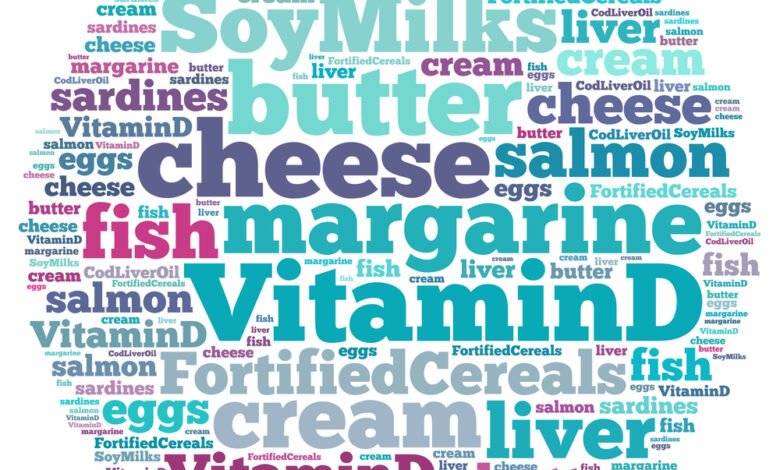Prenatal vitamin D and enamel defects

Vitamin D is an important nutrient essential for calcium and phosphate metabolism contributing to the mineralisation of teeth and bones. A number of genetic and environmental factors influence the development and maturation of enamel and Vitamin D may play a crucial role in this.
The aim of this review was to evaluate the potential impact of prenatal Vitamin D levels on enamel defects and tooth erosion.
Methods
The review was registered on the Open Science Framework (OSF) platform. Searches were conducted in the PubMed, Scopus, and Web of Science databases. English language studies of the impact of Vitamin D on enamel defects and tooth erosion in children after prenatal measurement of Vitamin D levels where Vitamin D assessment methods were clearly described were considered. Studies were evaluated using the Quality Assessment Tool for Observational Cohort and Cross-Sectional Studies. A narrative summary of the findings was presented.
Results
- 7 studies (2 randomised controlled trials, 2 prospective & 3 retrospective cohorts) involving a total of 6978 participants were included.
- The included studies were published between 2014 and 2022.
- All included studies were rated as good or excellent.
- Sample sizes ranged from 29 to 4750.
- Vitamin D supplementation practices varied across the studies.
- Children’s age at examination varied from 3.6 to 6.6 years.
- 4 studies reported a significant association between prenatal Vitamin D insufficiency and an increased risk of enamel defects.
- 1 study reported that high Vitamin D levels had a protective effect against Hypomineralised Second Primary Molars (HSPM) and Molar Incisor Hypomineralisation (MIH).
Conclusions
The authors concluded: –
..review suggests that prenatal Vitamin D levels and supplementation might have a significant impact on children’s enamel defects and tooth erosion. Thus, adequate prenatal Vitamin D could be an important component of preventive dental health strategies. Nevertheless, due to the significant heterogeneity among the selected studies and the potential impact of confounding factors, further research is needed to confirm these findings. Moreover, the extent and consistency of the observed effects vary between studies, with some showing no association between prenatal Vitamin D and dental outcomes. This variance warrants further research to elucidate the underlying mechanisms and to establish definitive conclusions.
Comments
While this review is registered on the OSF platform only the review abstract was available (accessed 15th Oct). Three major databases were searched, and the quality of included studies were assessed and while the authors indicate that the PRISMA guidelines were followed there is a lack of methodological detail in paper. Only 7 papers were included and the restriction to English language studies only means that some relevant studies could have been excluded. Only a narrative summary was presented as the studies varied in relation to the study designs, Vitamin D assessment methods, enamel defect assessment, and demographic characteristics of the populations studied. A majority of the included studies demonstrated an association between the Vitamin D levels and enamel defects the findings should be interpreted very cautiously.
Links
Primary Paper
Tapalaga G, Bumbu BA, Reddy SR, Vutukuru SD, Nalla A, Bratosin F, Fericean RM, Dumitru C, Crisan DC, Nicolae N, Luca MM. The Impact of Prenatal Vitamin D on Enamel Defects and Tooth Erosion: A Systematic Review. Nutrients. 2023 Sep 5;15(18):3863. doi: 10.3390/nu15183863. PMID: 37764647; PMCID: PMC10537257.
Review registration on the Open Science Framework (OSF) platform
Other references
Dental Elf – 3rd Feb 2016
Dental Elf – 2nd May 2022
Hypomineralised second primary molars and prenatal, perinatal and postnatal exposures
Source link
#Prenatal #vitamin #enamel #defects

